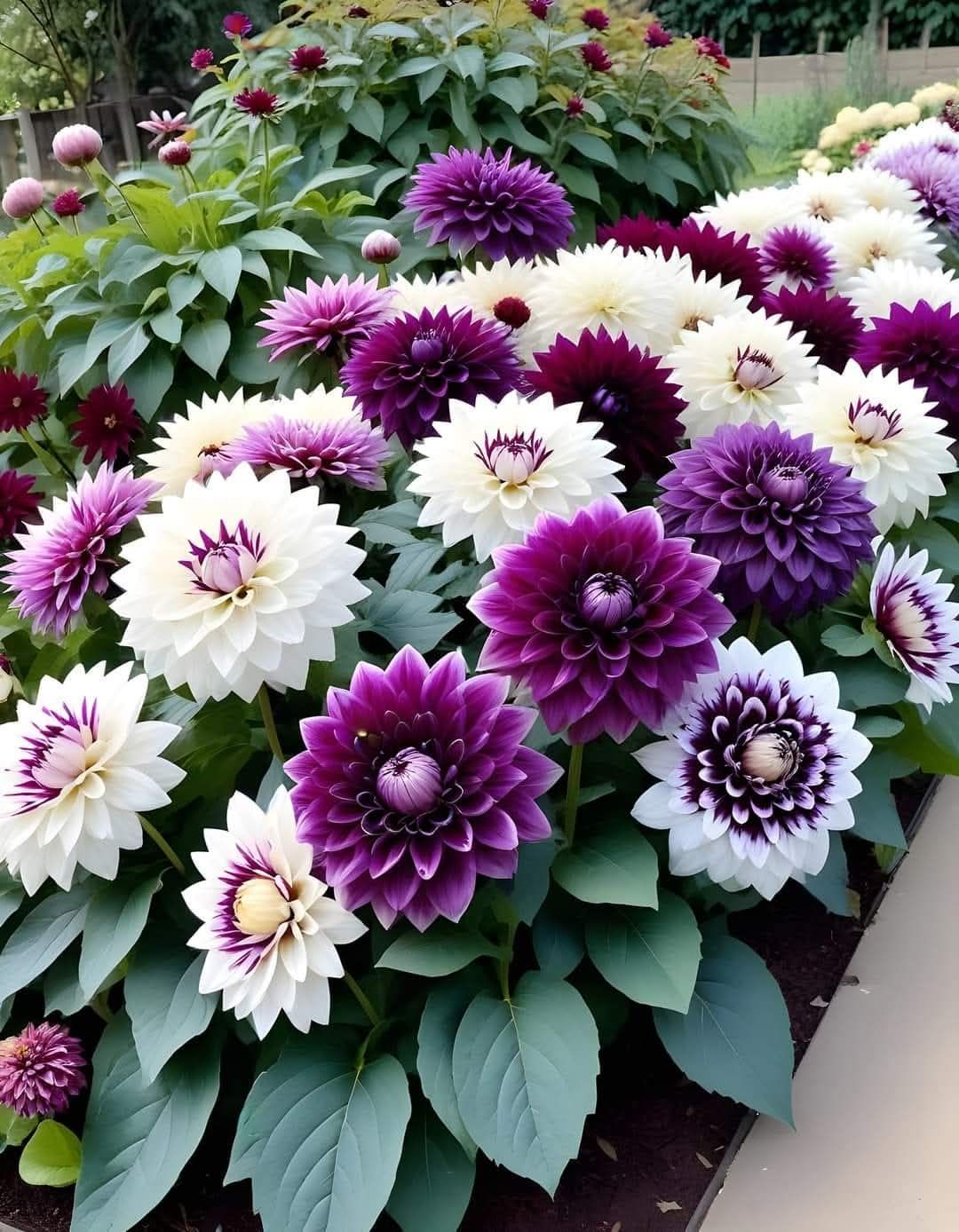The Amaryllis is a stunning plant that brings a burst of color and beauty to any space, whether it’s an indoor setting or a garden bed. With its large, trumpet-shaped flowers in shades of red, pink, white, and orange, it’s a true showstopper. These flowers often have striking patterns, adding a layer of elegance to their already magnificent appearance. Combined with their long, slender green leaves, Amaryllis creates a dramatic yet graceful presence in any space.
Light Requirements
Amaryllis thrives in bright, indirect light. It’s best to place it near a window with filtered sunlight to ensure that it gets the proper light it needs to bloom beautifully. Direct sunlight can scorch the leaves and flowers, so be sure to keep the plant in a location where the light is gentle but plentiful.
Watering Needs
When it comes to watering, the key is to keep the soil consistently moist but ensure it’s well-drained to prevent waterlogging. During the growing season, keep the soil damp but not soggy. After the plant has finished flowering, reduce watering significantly until you notice new growth appearing. Overwatering can cause root rot, so it’s crucial to allow the soil to dry out a bit between waterings once the blooming period has passed.
Soil Preferences
Amaryllis prefers a well-draining, rich soil mix. A general potting mix enriched with organic matter, like compost, works well. The rich, moist environment helps the plant grow vigorously and supports its large, beautiful flowers. Good drainage is essential to keep the roots healthy and prevent any standing water from causing damage.
Temperature and Humidity
Amaryllis thrives in temperatures between 65-75°F (18-24°C). It’s adaptable to a variety of indoor climates but should not be exposed to temperatures that dip below 50°F (10°C) for prolonged periods. Regarding humidity, this plant prefers moderate humidity levels. If you’re growing it indoors, occasional misting or a humidifier can help, especially in drier environments.
Fertilization
During the growing season, apply a balanced 10-10-10 fertilizer every 2-4 weeks. This helps provide essential nutrients for vigorous growth and vibrant blooms. Be sure to follow the instructions on the fertilizer packaging to avoid over-fertilizing. After flowering, you can reduce the frequency of fertilization to give the plant a rest during its dormancy period.
Why Amaryllis is a Must-Have
Whether you’re a beginner gardener or a seasoned plant enthusiast, the Amaryllis is an easy-to-grow, low-maintenance plant that adds elegance and vibrant color to any space. Its breathtaking flowers make it a perfect centerpiece for your home or garden, and the plant’s ability to bloom indoors even during the winter months makes it a delightful addition to your seasonal décor.
By meeting its light, water, soil, temperature, and fertilizer needs, you’ll ensure that your Amaryllis thrives and brings beauty to your space year after year. With proper care, the Amaryllis plant can bloom repeatedly, offering long-lasting color and grace. Whether in pots on a windowsill or in your garden beds, this flowering beauty is sure to brighten up your home with its striking and sophisticated blooms.
More Articles you Might Like
-
Texas Toast Sloppy Joes: The Crunchy, Cheesy Upgrade You Didn’t Know You Needed
There’s something timeless about sloppy joes. For generations, this saucy, savory, and slightly sweet ground beef sandwich has been a go-to comfort food in American kitchens. It’s quick, filling, and family-friendly—perfect for busy weeknights. But what if we told you there’s a way to take this classic dish up a notch? Enter the Texas Toast…
-
Classic Pig Pickin’ Cake
When it comes to Southern desserts, few sweets shine as brightly as the Classic Pig Pickin’ Cake. This nostalgic cake, sometimes called a “Mandarin Orange Cake,” has roots deep in Southern tradition. It gets its playful name from its frequent appearance at pig pickin’s—Southern-style barbecue gatherings where communities come together to enjoy slow-cooked pork, sides,…
-
Lemon Garlic Butter Chicken with Creamy Parmesan Pasta
There’s something irresistible about the combination of tender, golden-browned chicken paired with a creamy pasta coated in Parmesan cheese. Add the brightness of lemon, the depth of garlic, and the richness of butter, and you have a recipe that feels indulgent yet approachable enough for a weeknight dinner. Lemon Garlic Butter Chicken with Creamy Parmesan…



